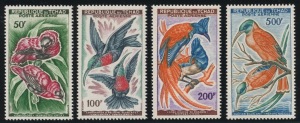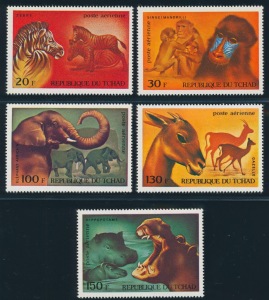One of the most remarkable economic trends of the last several years has been the beginnings of economic growth in sub-Saharan Africa. In the last few years, seven of the twenty countries worldwide with the highest GDP growth rates were in sub-Saharan Africa, and only Nigeria could claim that the reason that they were in this group was because of natural resources or oil. Admittedly, the growth in Africa is coming from a very depressed level, and several years of even stellar growth for these countries does not put them in the realm of places most of us would like to live. But still, growth is growth, and it wasn’t too long ago that most economists felt that Africa would never be growing at rates that could advance the living standards of its people.
Certainly we can’t count on such growth continuing. But as wages grow in many other third world countries, business should flock to the lowest wage countries, and, if the African work force is good, industry will continue to move there. As philatelists, this presents opportunity. Certainly Zimbabwe will never be China, and Cameroon will never be Korea. But from the perspective of philatelic growth, they don’t have to be. The early independent philatelic issues of nearly all African countries and the newer issues of the last ten or fifteen years have been issued and saved in such small quantities that nearly any increase in demand should produce large price gains in these stamps. And such demand does not only have to be indigenous. As Western companies continue to move production and service facilities into these countries, the managers of these businesses may well desire to collect the stamps of the countries in which they have been stationed. It’s not a slam dunk, but then the dollars aren’t huge. When I have an opportunity to put away nice post-Independence African sets, I am glad to do so.



